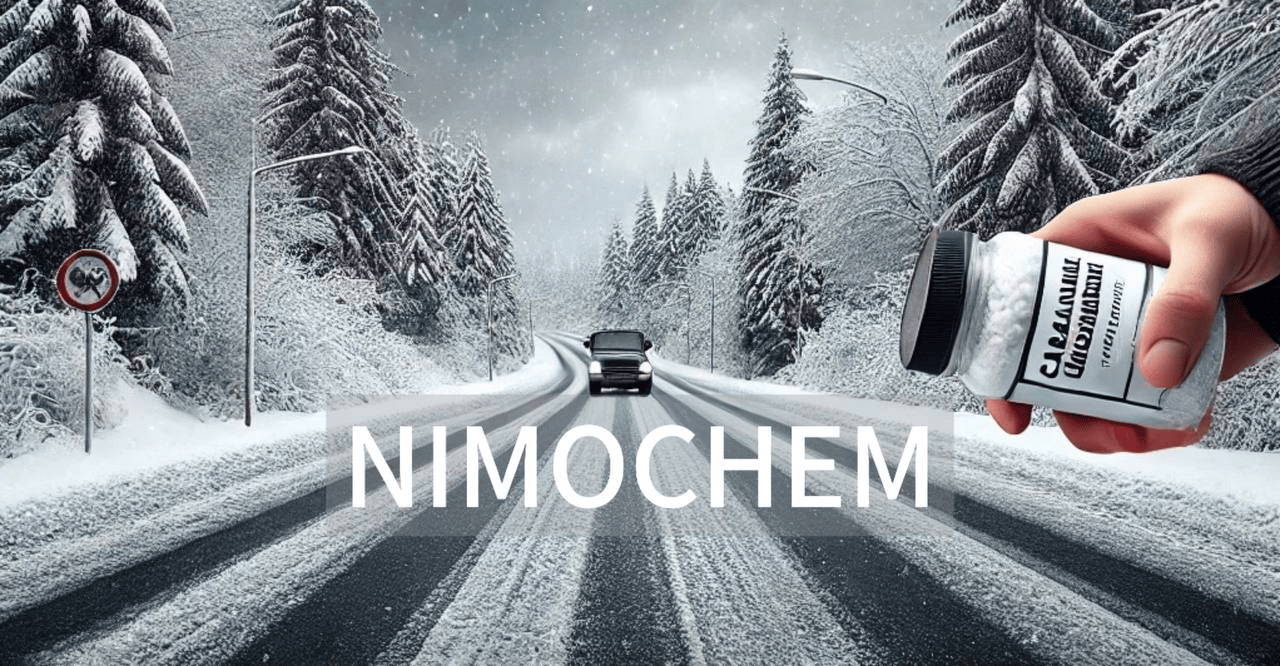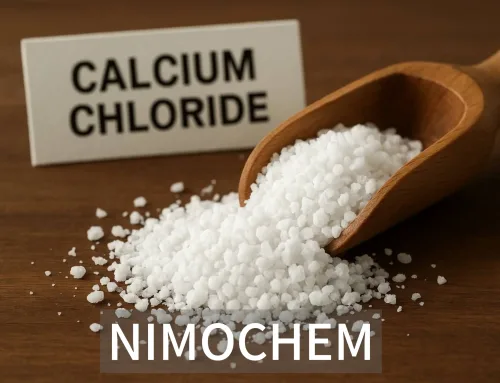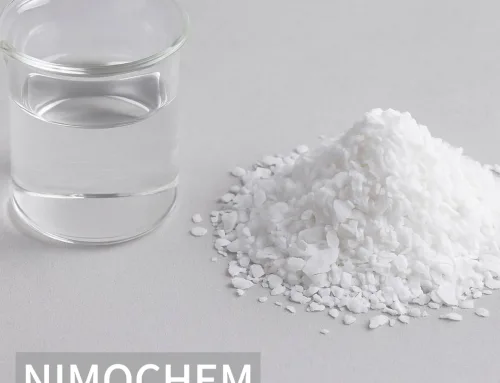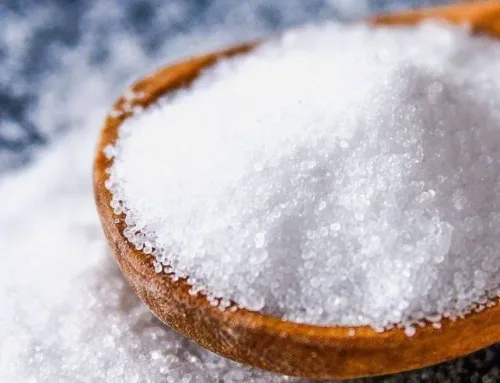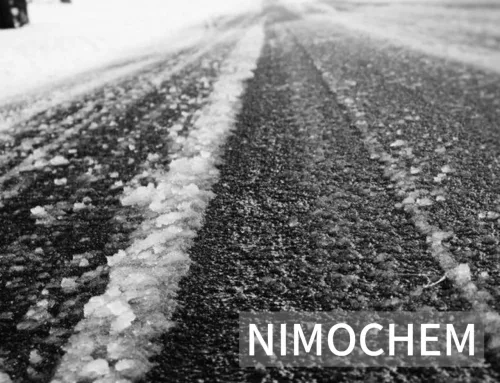Eco-Friendly De-Icing Solutions: Why Calcium Chloride is Better for the Environment
Winter brings beautiful snowy landscapes but also hazardous icy roads and sidewalks. While de-icing chemicals are essential to maintaining safety, their environmental impact is a growing concern. Traditional solutions like sodium chloride (rock salt) can cause significant harm to ecosystems, infrastructure, and groundwater. But there’s a better alternative: calcium chloride. This blog will explore why calcium chloride is a more eco-friendly de-icing solution compared to traditional methods.
1. Faster and More Effective at Lower Temperatures
One key advantage of calcium chloride is its ability to function in much colder temperatures than sodium chloride. While rock salt starts to lose effectiveness below 15°F (-9.4°C), calcium chloride works efficiently in temperatures as low as -25°F (-32°C). This means less product is needed to achieve the same results, reducing the overall environmental burden.
2. Less Harmful to Vegetation and Soil
Sodium chloride is notorious for causing damage to plants and soil near treated areas. It can lead to soil degradation and alter soil chemistry, making it less fertile over time. In contrast, calcium chloride is far less damaging to vegetation. While overuse can still have some effects, it is generally considered safer for green areas, helping to preserve the natural environment during harsh winters.
3. Reduced Corrosion to Infrastructure
Traditional rock salt is highly corrosive, contributing to the deterioration of roads, bridges, and vehicles. This corrosion not only leads to costly repairs but also results in the release of harmful pollutants into the environment. Calcium chloride produces less corrosion than sodium chloride, protecting infrastructure and reducing the environmental cost associated with frequent repairs and material degradation.
4. Reduced Runoff Impact
When ice melts, de-icing chemicals can run off into water systems, negatively impacting aquatic ecosystems. Sodium chloride can increase salinity levels in nearby water bodies, which is harmful to fish and other aquatic life. Calcium chloride, on the other hand, dissolves quickly and has a lesser impact on water systems. Moreover, it requires smaller quantities to be effective, minimizing the amount that reaches groundwater or rivers.
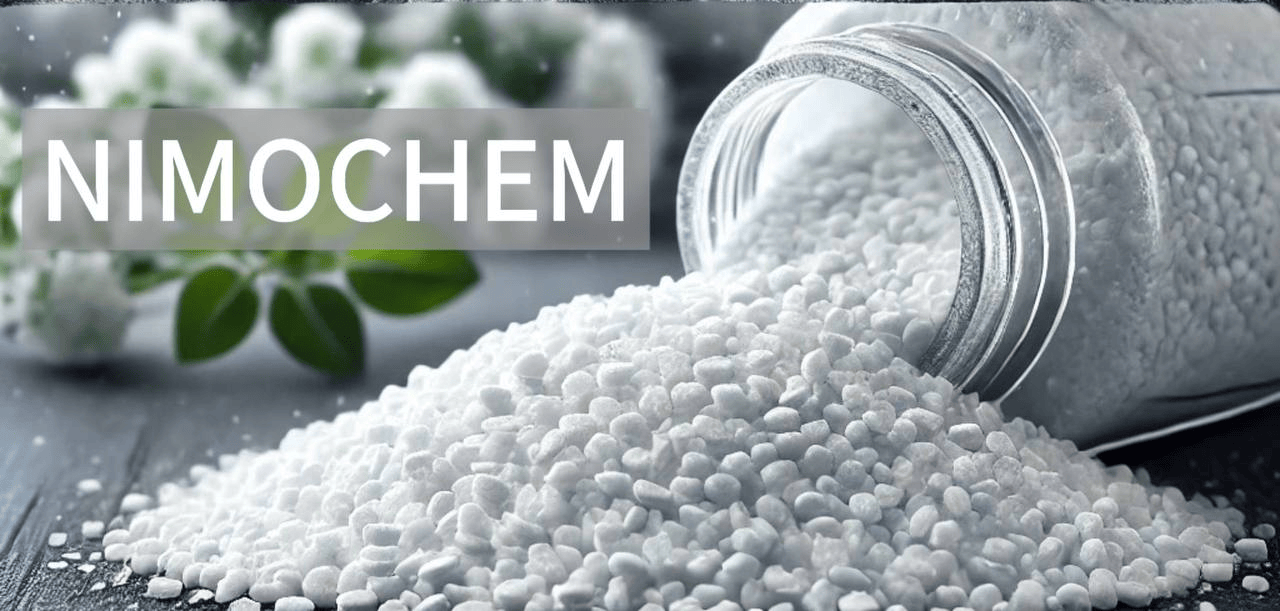
5. Cost-Efficient and Long-Lasting
Although calcium chloride may come with a higher upfront cost than sodium chloride, its long-lasting effects make it more cost-efficient in the long run. It works quickly, reducing the need for repeated applications, which lowers both the environmental footprint and overall cost over time.
6. Easier on Pet Paws and Human Skin
Sodium chloride can be harsh on pets, irritating their paws and skin, and can also be harmful if ingested. Calcium chloride is less abrasive and safer for both humans and animals, making it a more considerate option for residential use.
7. Lower Carbon Footprint
Because calcium chloride is more efficient and requires fewer applications, the carbon footprint associated with transportation and application is reduced. Fewer trucks are needed to deliver and apply the product, resulting in fewer emissions and a smaller overall environmental impact.
Conclusion
Make the Switch to Calcium Chloride for a Greener Winter
In the quest for eco-friendly de-icing solutions, calcium chloride stands out as a superior option. It is not only effective in extremely cold temperatures but also safer for the environment, infrastructure, and even pets. By choosing calcium chloride over traditional sodium chloride, municipalities, businesses, and homeowners can take an important step toward reducing their environmental impact during the winter months.
For more information on calcium chloride and its benefits, or to explore eco-friendly de-icing products, contact us at Nimochem.
